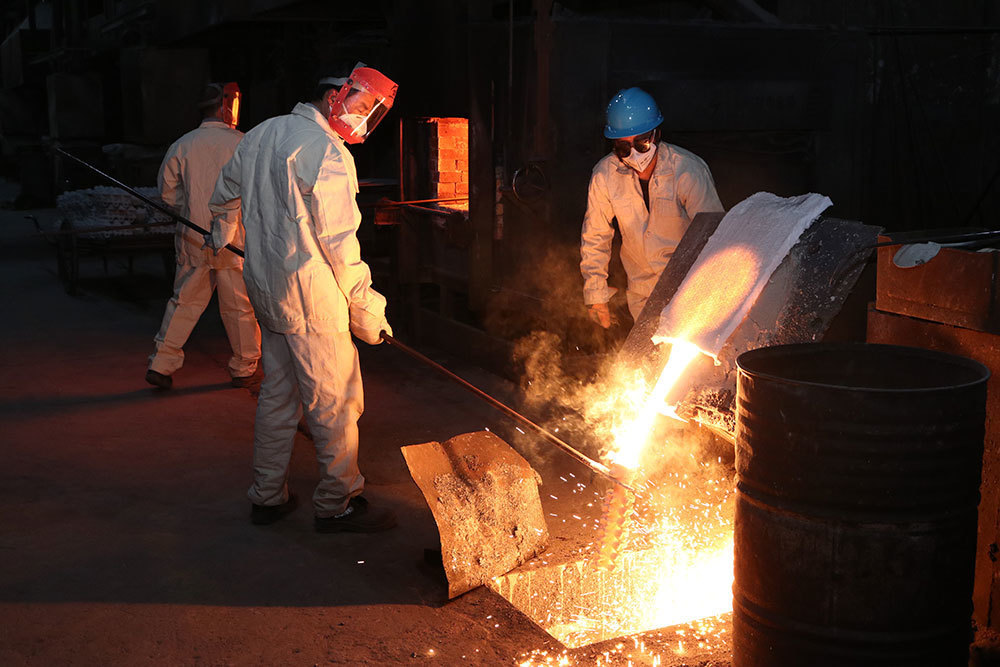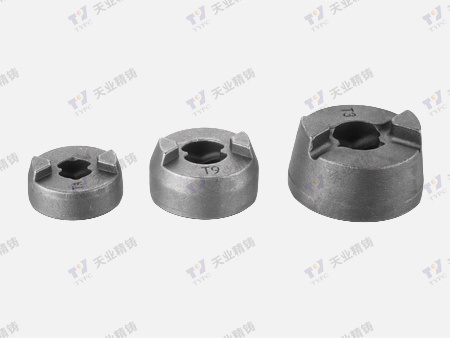2025-05-10
The Essential Guide to Auto Parts: Understanding Exhaust Systems
---
When discussing auto parts, one of the most significant components to consider is the exhaust system. This system plays a crucial role in the overall performance and efficiency of vehicles. An exhaust system is responsible for managing and directing the gases produced during the combustion process in an engine. Understanding the components and functions of exhaust systems can enhance your appreciation of auto parts and their importance in modern vehicles.
At its core, an exhaust system comprises several key components, including the exhaust manifold, catalytic converter, muffler, and exhaust pipes. Each of these parts has a unique function that contributes to the system's overall effectiveness.
The exhaust manifold is the first point of contact for exhaust gases as they exit the engine. Its primary role is to collect these gases from multiple cylinders and direct them into the exhaust system. Following the manifold, the gases pass through the catalytic converter, which plays a critical role in reducing harmful emissions. This component uses chemical reactions to convert toxic gases, such as carbon monoxide and nitrogen oxides, into less harmful substances before they are released into the atmosphere.
Next in line is the muffler, which serves to minimize noise produced by the exhaust gases. While the engine generates a significant amount of sound, the muffler helps provide a quieter driving experience by dampening these noises. Finally, the exhaust pipes carry the treated gases away from the vehicle, dispersing them into the environment.
Proper maintenance of the exhaust system is essential for vehicle longevity and performance. Over time, various factors, such as rust, road debris, and corrosion, can lead to leaks or blockages within the system. Regular inspections can help identify potential issues early, preventing more significant problems down the line. Signs of an exhaust system problem may include unusual noises during operation, a decrease in fuel efficiency, or noticeable changes in vehicle emissions.
In addition to performance benefits, a well-functioning exhaust system contributes to environmental sustainability. By effectively managing harmful emissions, it ensures that vehicles meet regulatory standards and reduces their ecological footprint. This aspect has become increasingly important as governments worldwide implement stricter emissions regulations to combat climate change and promote cleaner air.
In summary, understanding auto parts, particularly exhaust systems, is crucial for anyone involved in automotive maintenance or ownership. Recognizing the components and functions of exhaust systems not only enhances vehicle performance but also supports environmental efforts. Regular checks and maintenance can ensure that your vehicle runs smoothly and adheres to emission standards, ultimately benefiting both the driver and the planet.
When discussing auto parts, one of the most significant components to consider is the exhaust system. This system plays a crucial role in the overall performance and efficiency of vehicles. An exhaust system is responsible for managing and directing the gases produced during the combustion process in an engine. Understanding the components and functions of exhaust systems can enhance your appreciation of auto parts and their importance in modern vehicles.
At its core, an exhaust system comprises several key components, including the exhaust manifold, catalytic converter, muffler, and exhaust pipes. Each of these parts has a unique function that contributes to the system's overall effectiveness.
The exhaust manifold is the first point of contact for exhaust gases as they exit the engine. Its primary role is to collect these gases from multiple cylinders and direct them into the exhaust system. Following the manifold, the gases pass through the catalytic converter, which plays a critical role in reducing harmful emissions. This component uses chemical reactions to convert toxic gases, such as carbon monoxide and nitrogen oxides, into less harmful substances before they are released into the atmosphere.
Next in line is the muffler, which serves to minimize noise produced by the exhaust gases. While the engine generates a significant amount of sound, the muffler helps provide a quieter driving experience by dampening these noises. Finally, the exhaust pipes carry the treated gases away from the vehicle, dispersing them into the environment.
Proper maintenance of the exhaust system is essential for vehicle longevity and performance. Over time, various factors, such as rust, road debris, and corrosion, can lead to leaks or blockages within the system. Regular inspections can help identify potential issues early, preventing more significant problems down the line. Signs of an exhaust system problem may include unusual noises during operation, a decrease in fuel efficiency, or noticeable changes in vehicle emissions.
In addition to performance benefits, a well-functioning exhaust system contributes to environmental sustainability. By effectively managing harmful emissions, it ensures that vehicles meet regulatory standards and reduces their ecological footprint. This aspect has become increasingly important as governments worldwide implement stricter emissions regulations to combat climate change and promote cleaner air.
In summary, understanding auto parts, particularly exhaust systems, is crucial for anyone involved in automotive maintenance or ownership. Recognizing the components and functions of exhaust systems not only enhances vehicle performance but also supports environmental efforts. Regular checks and maintenance can ensure that your vehicle runs smoothly and adheres to emission standards, ultimately benefiting both the driver and the planet.









